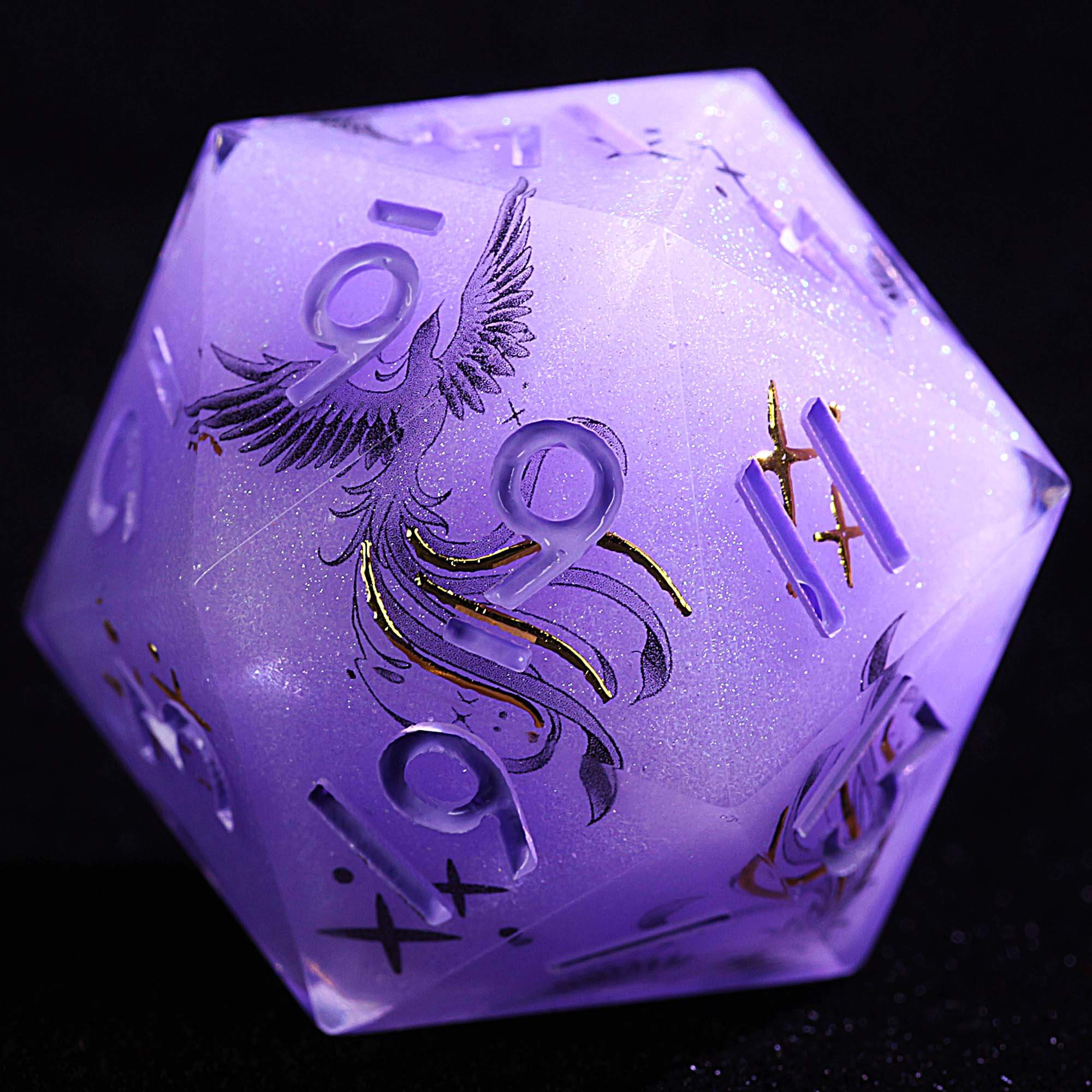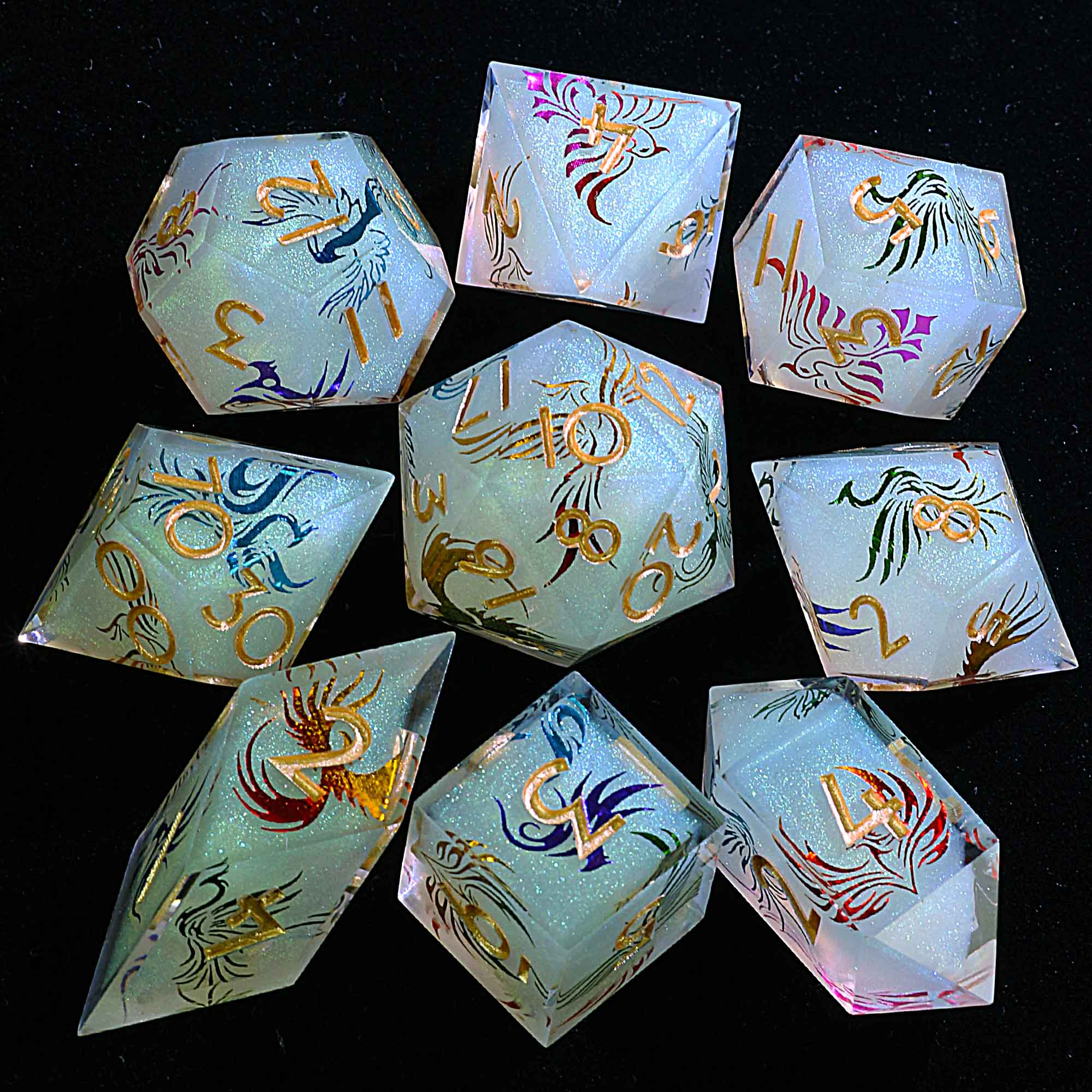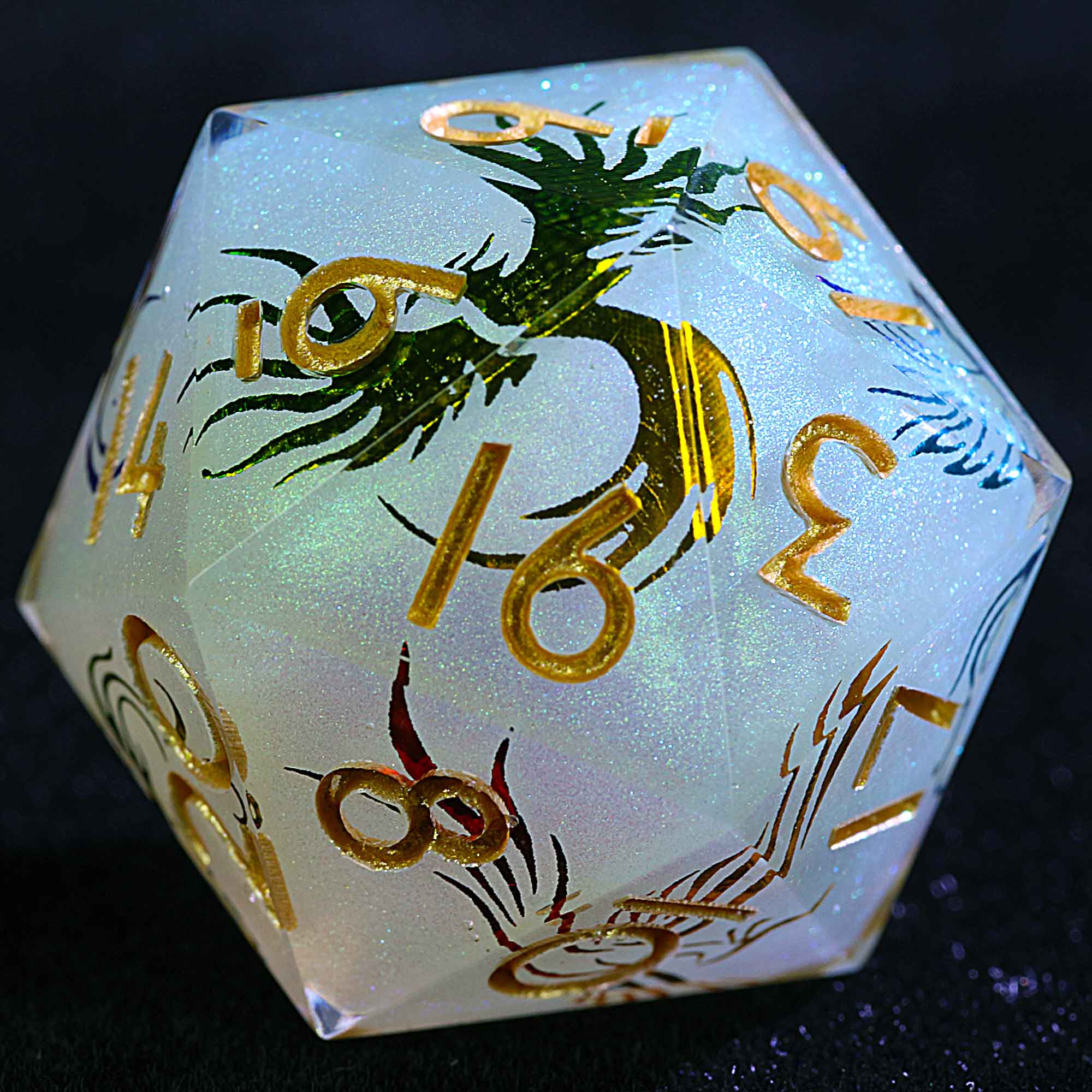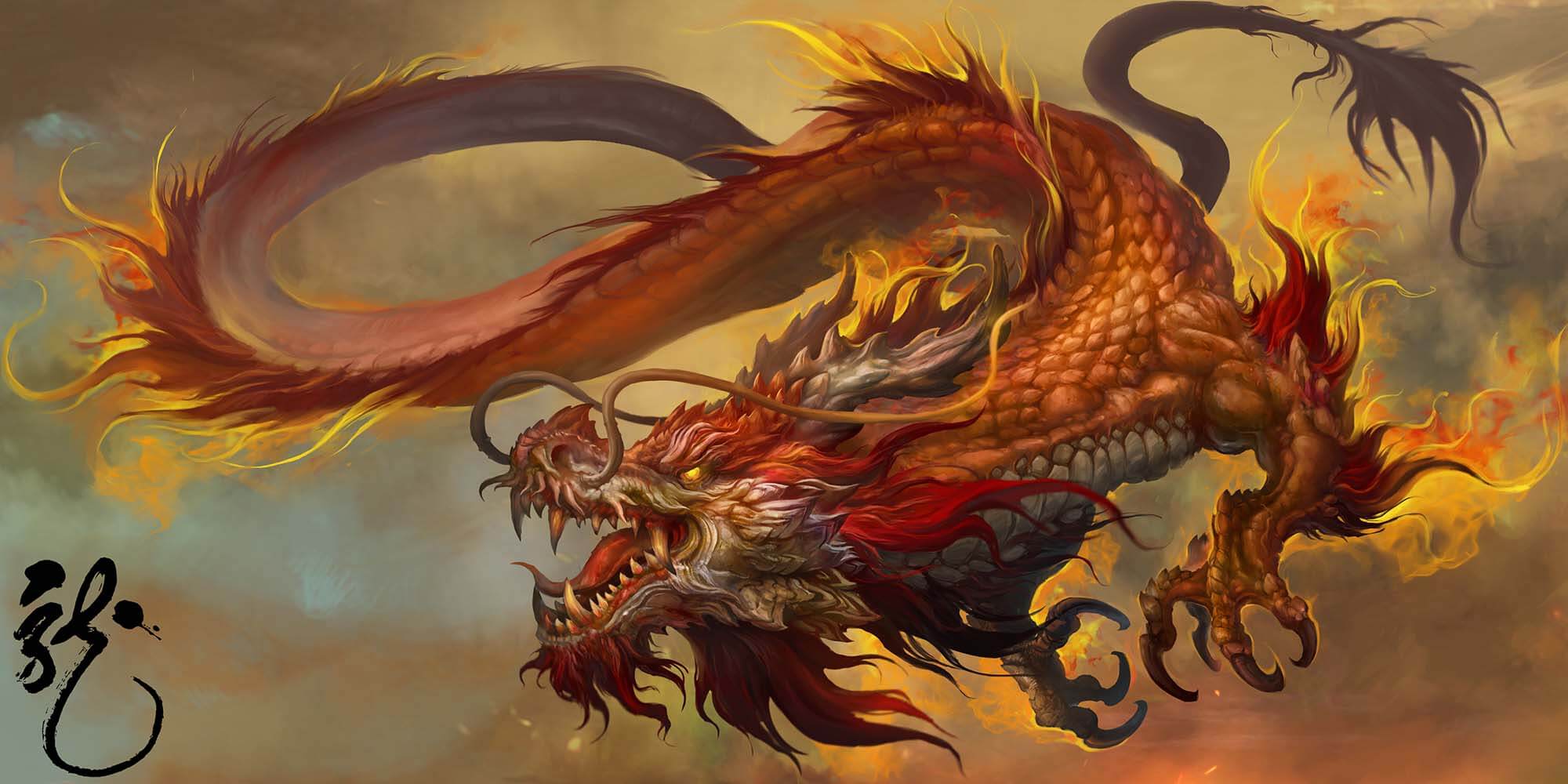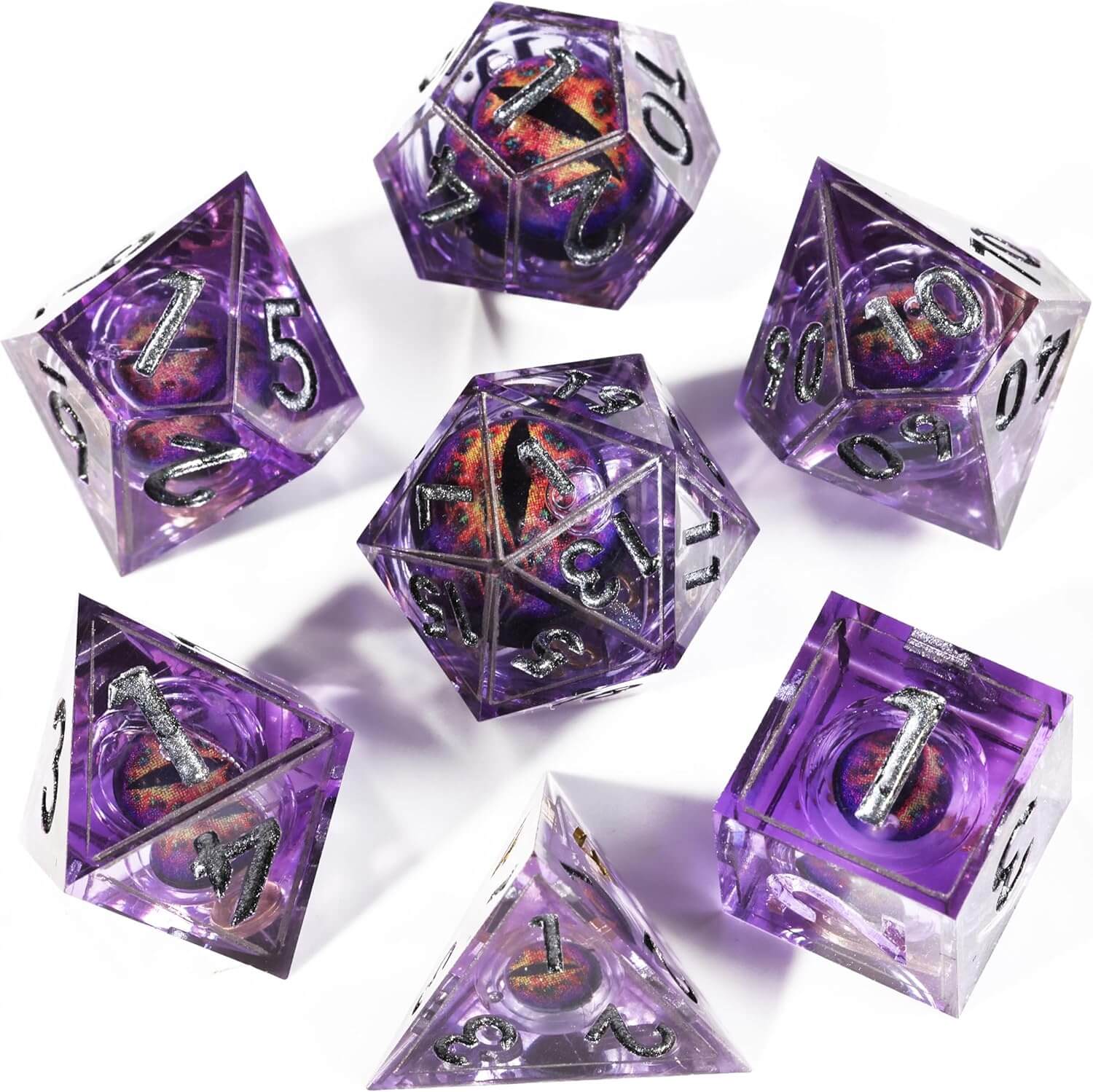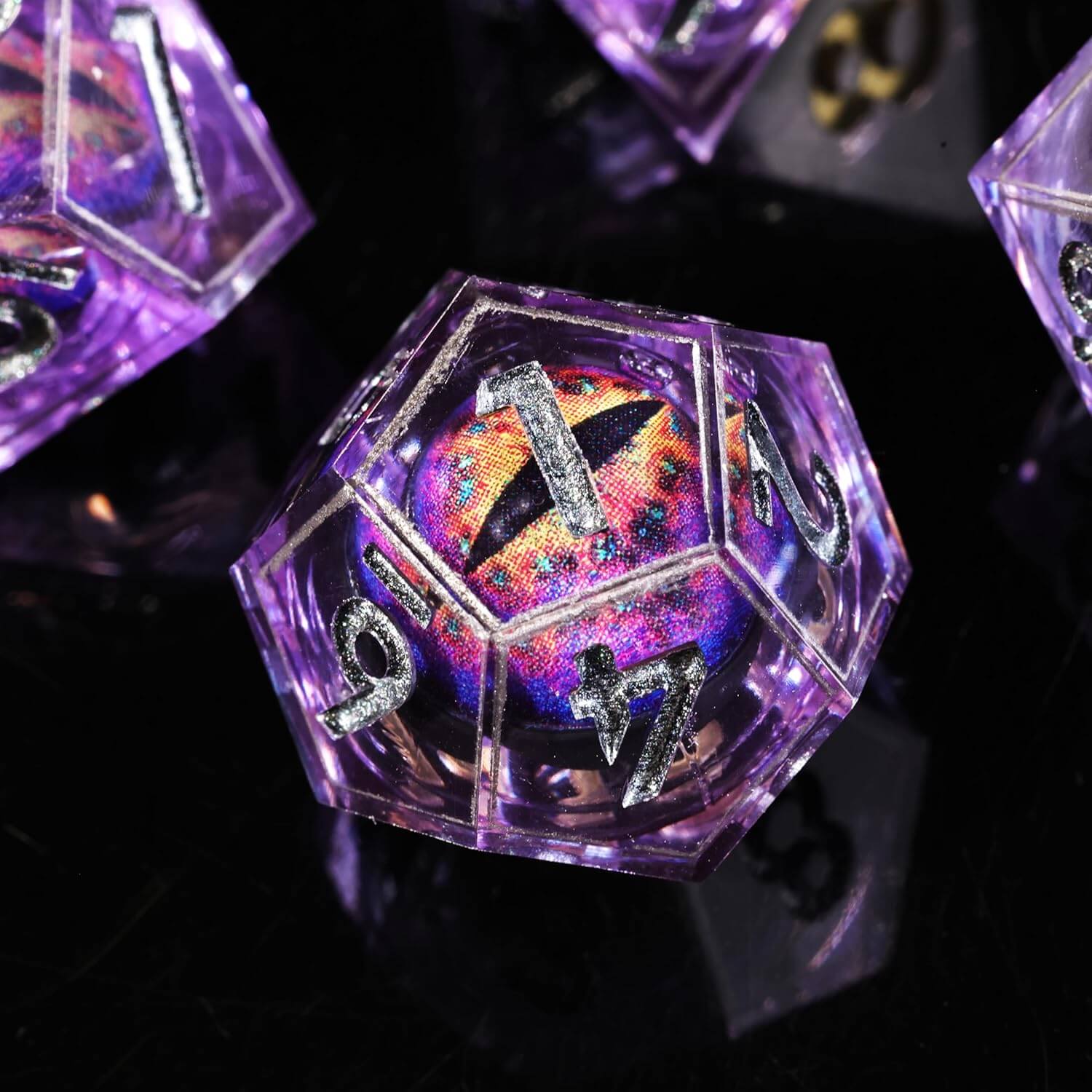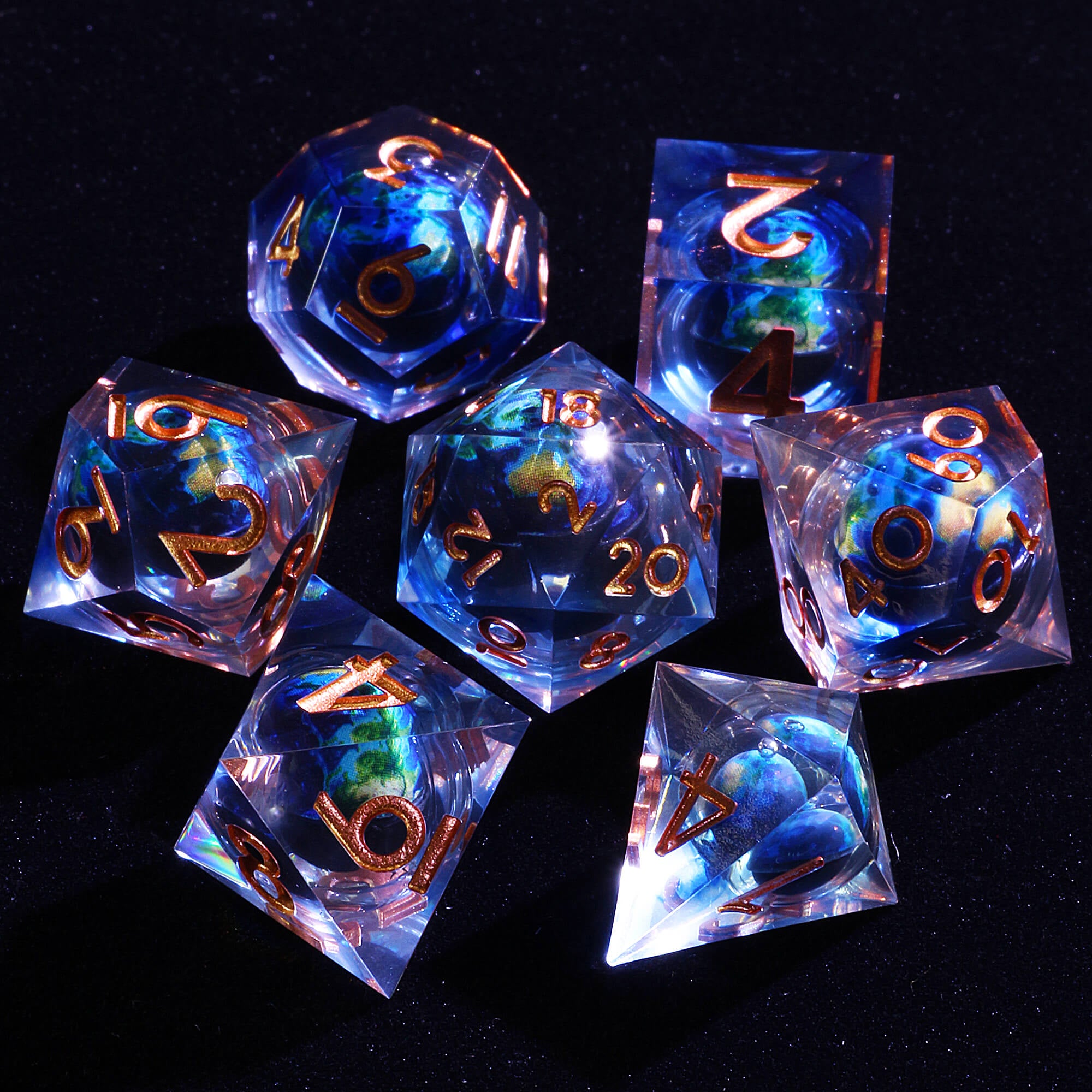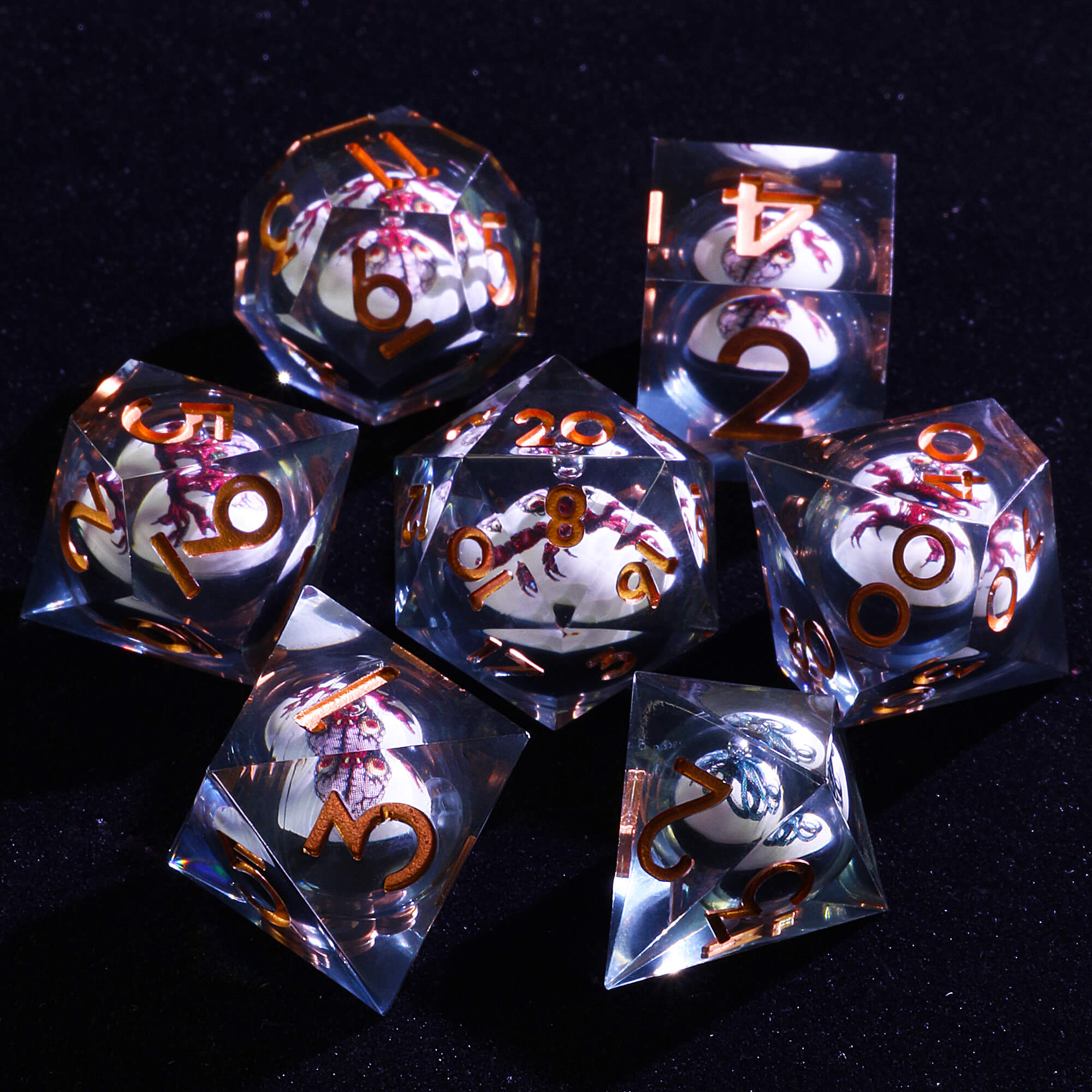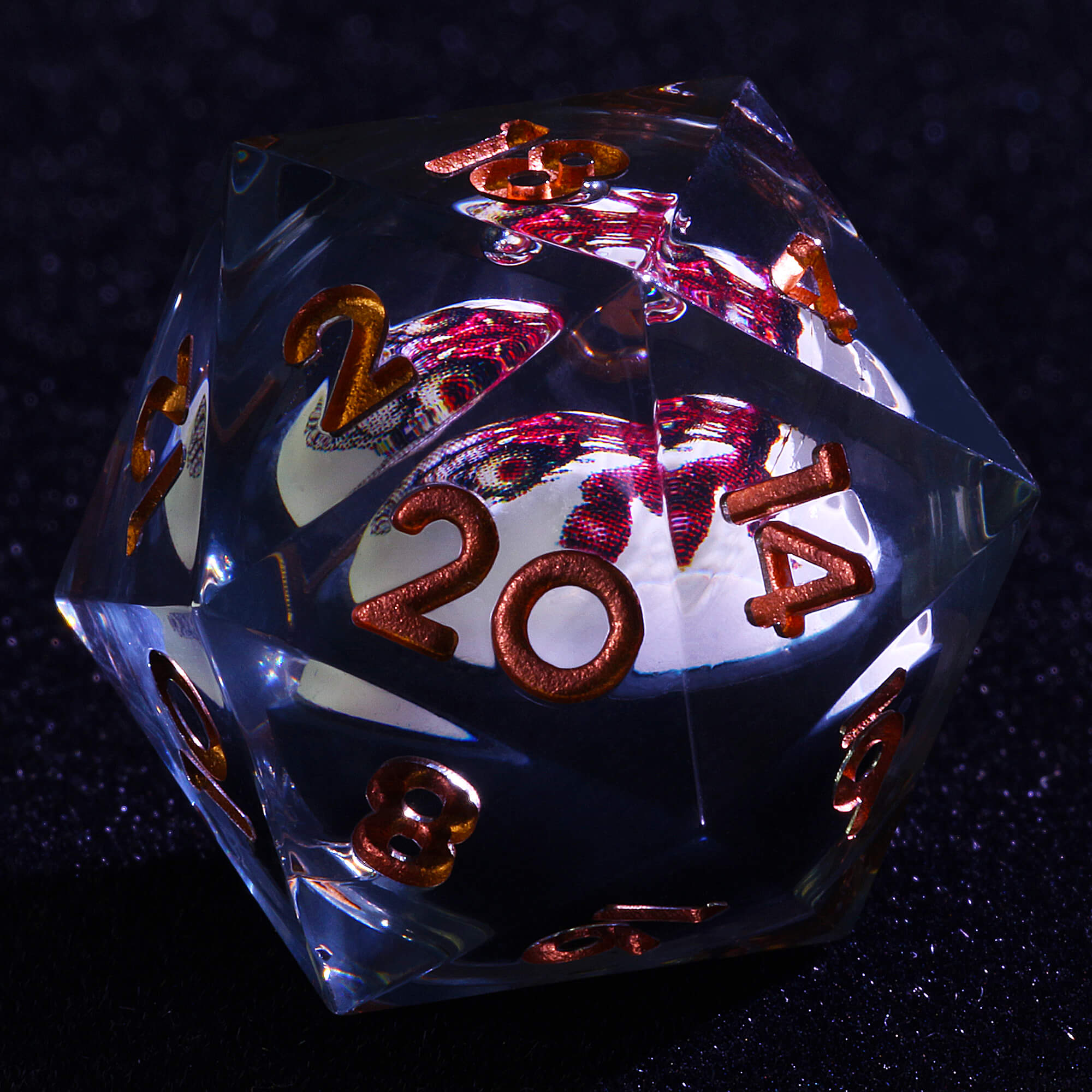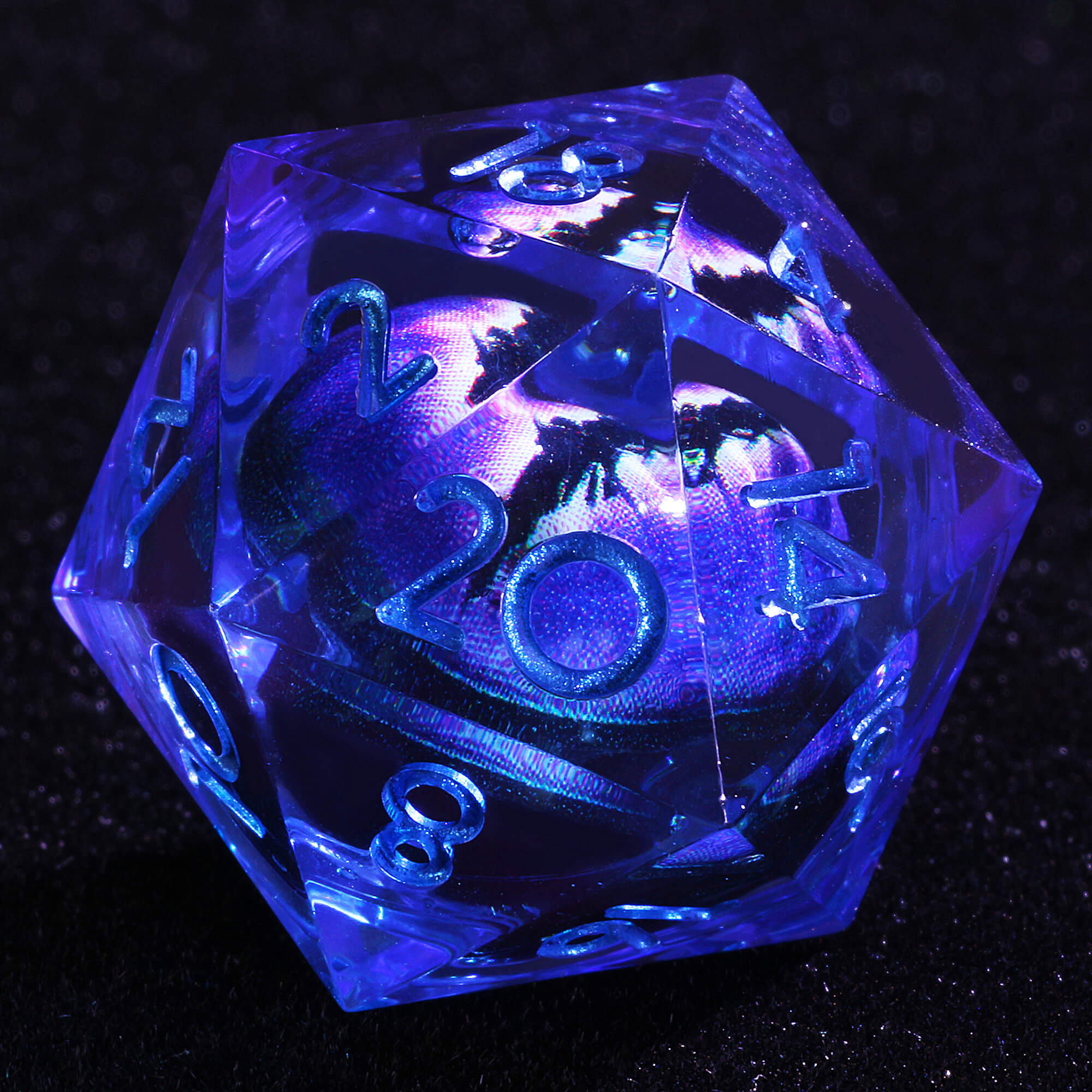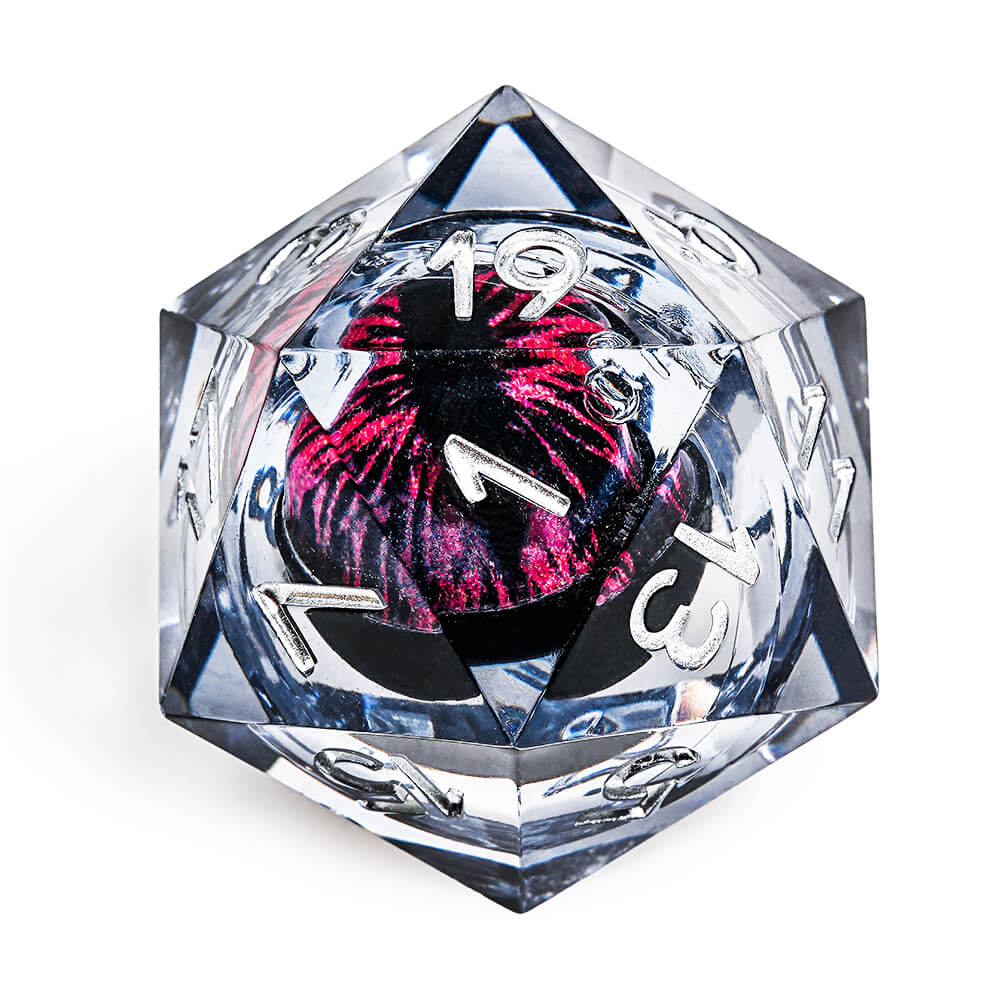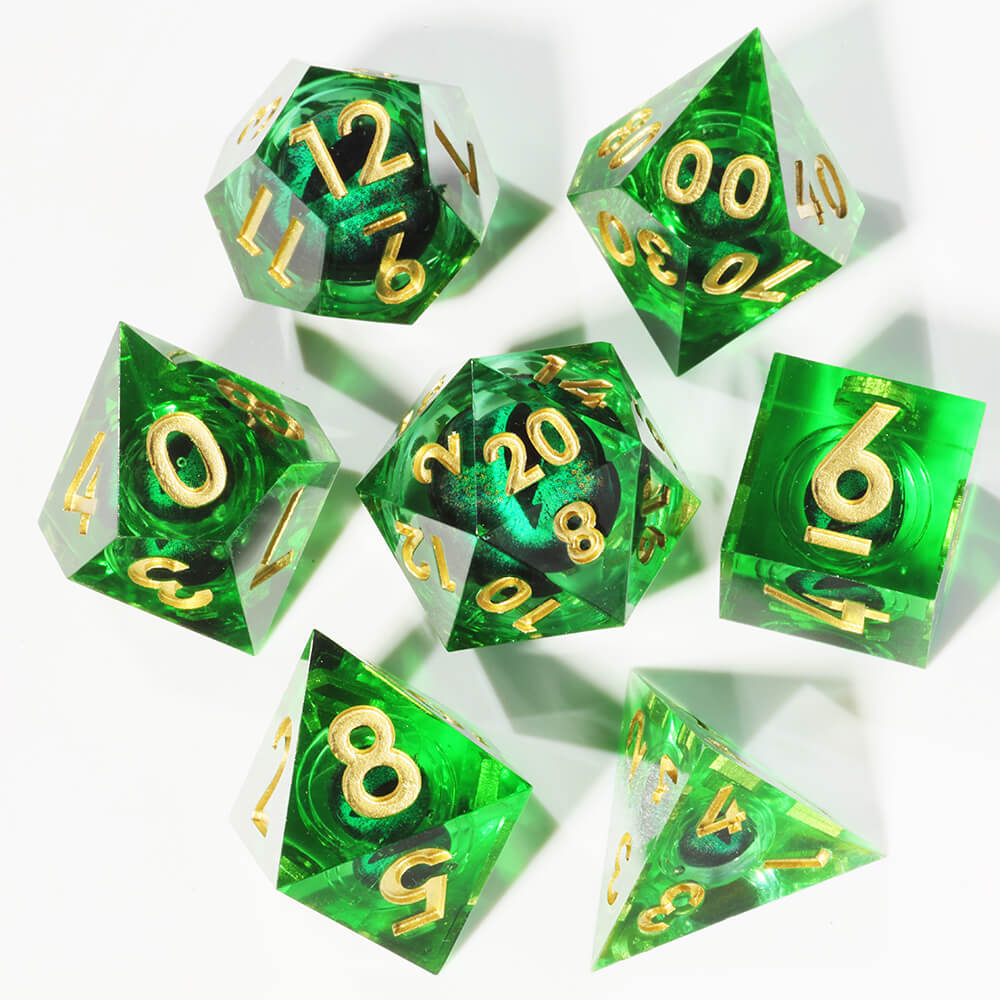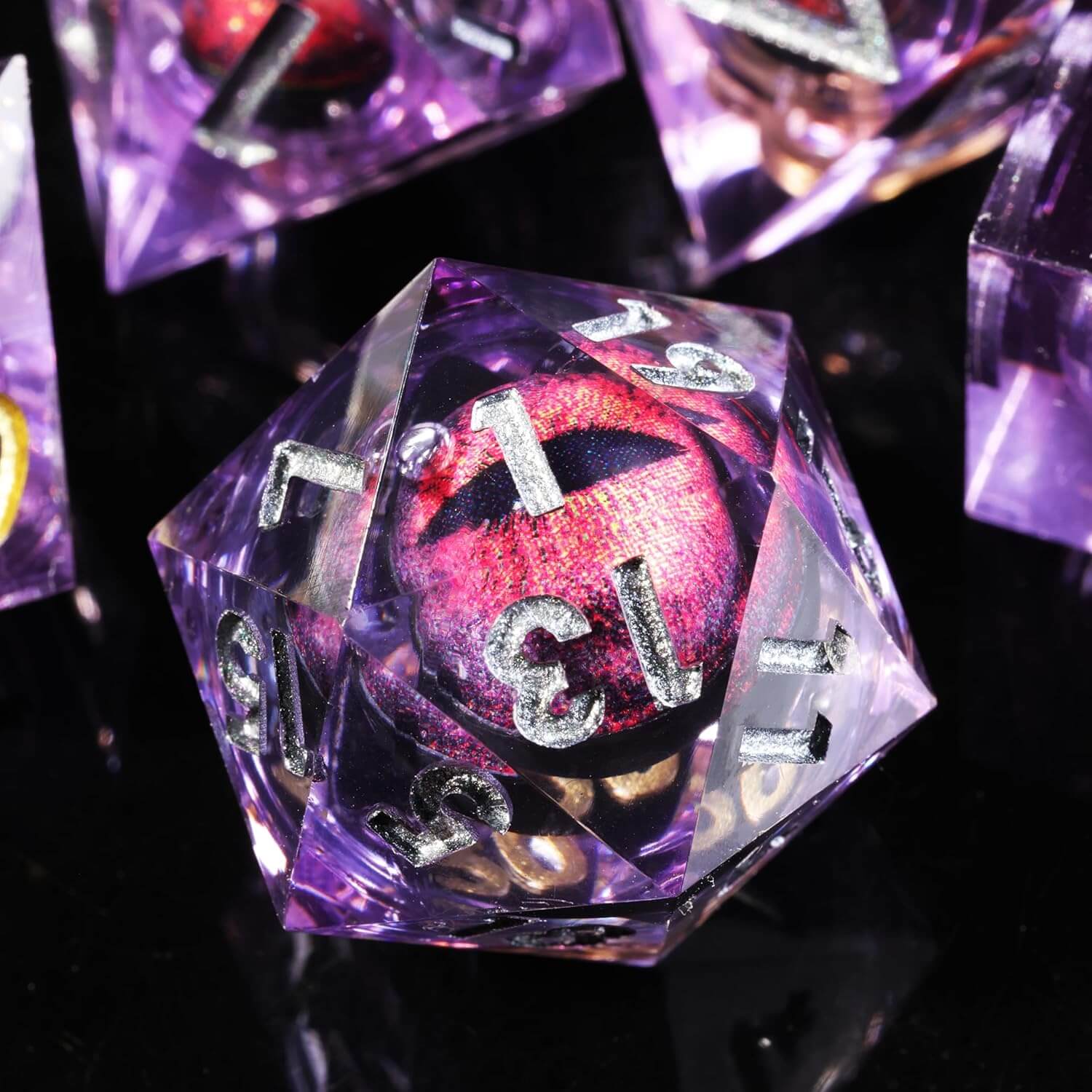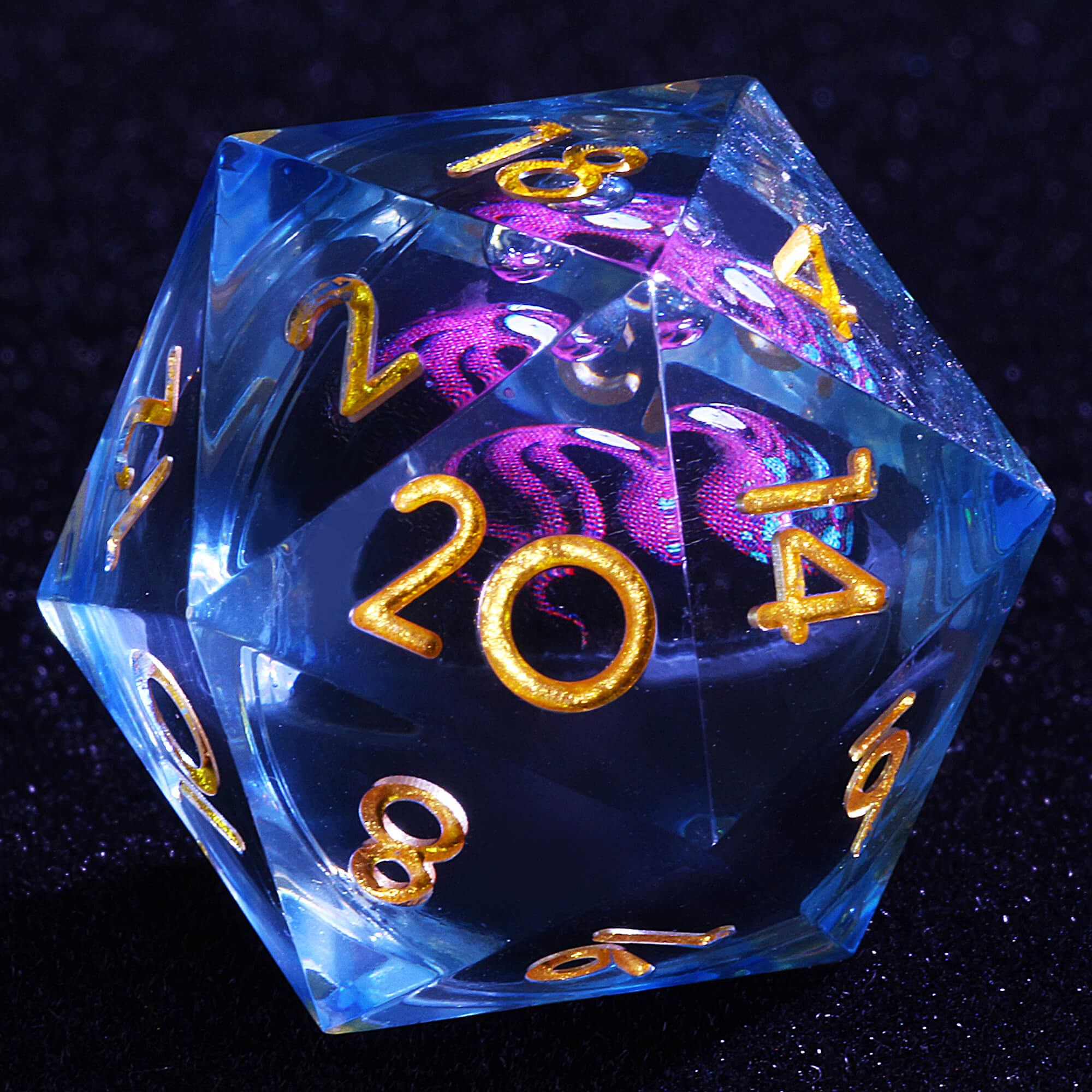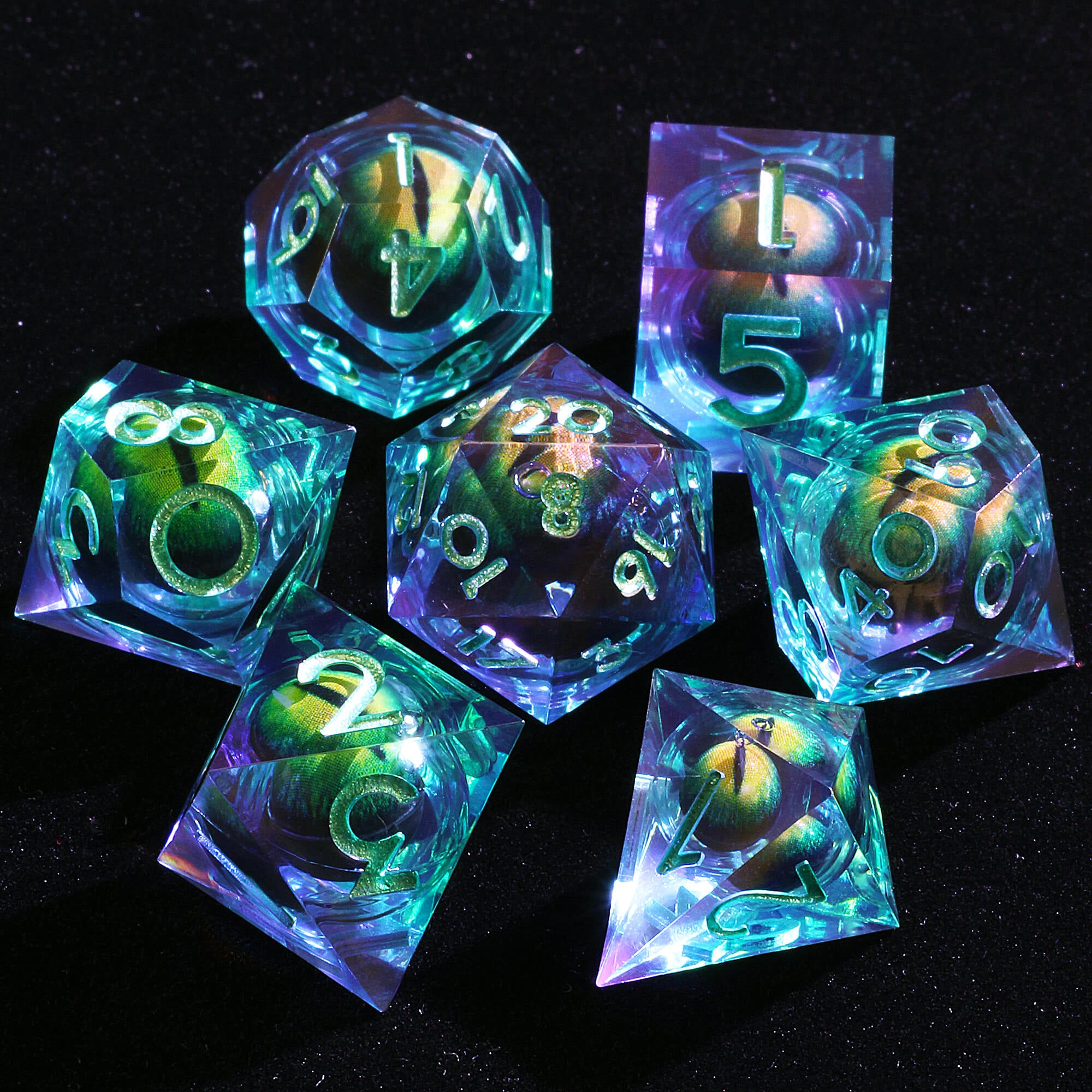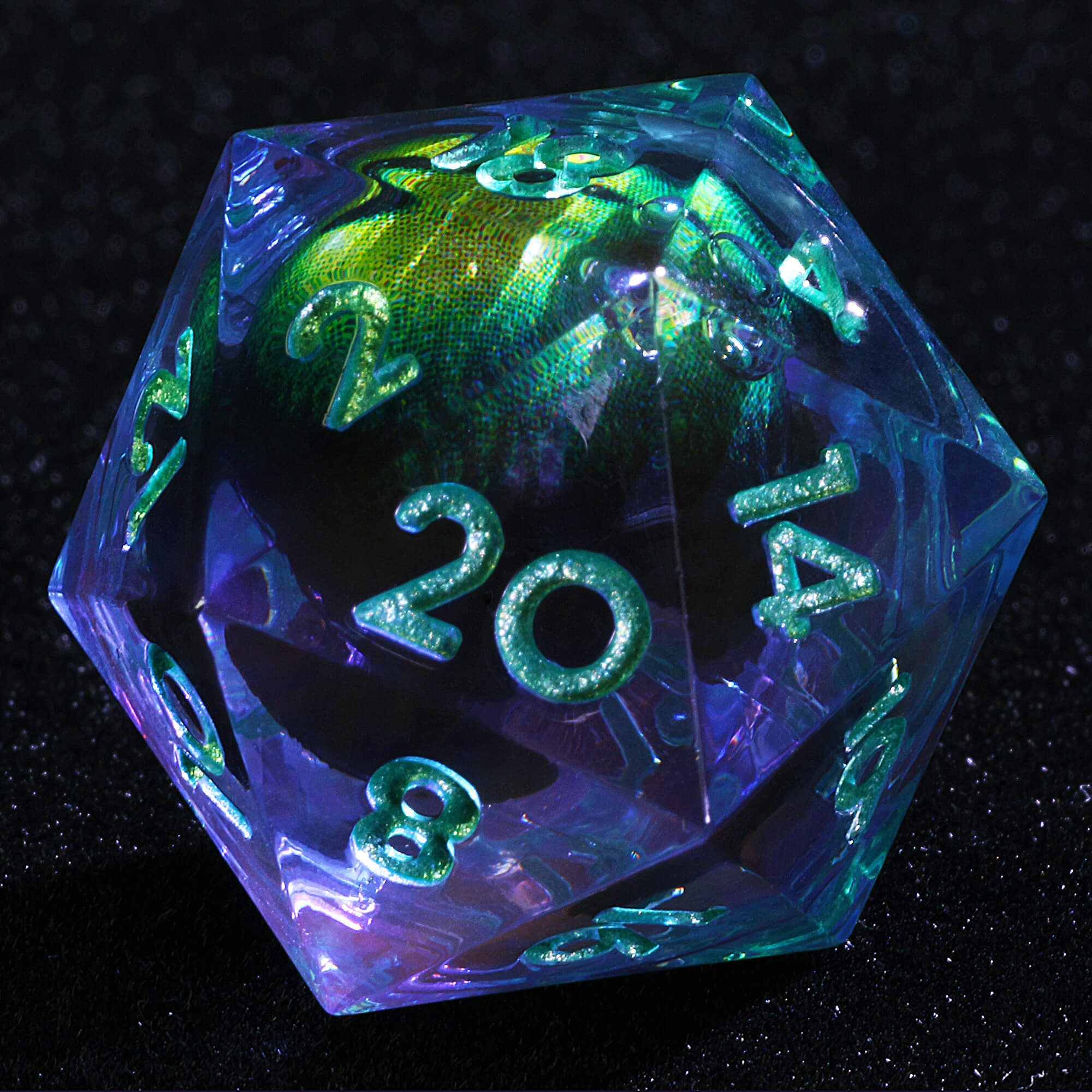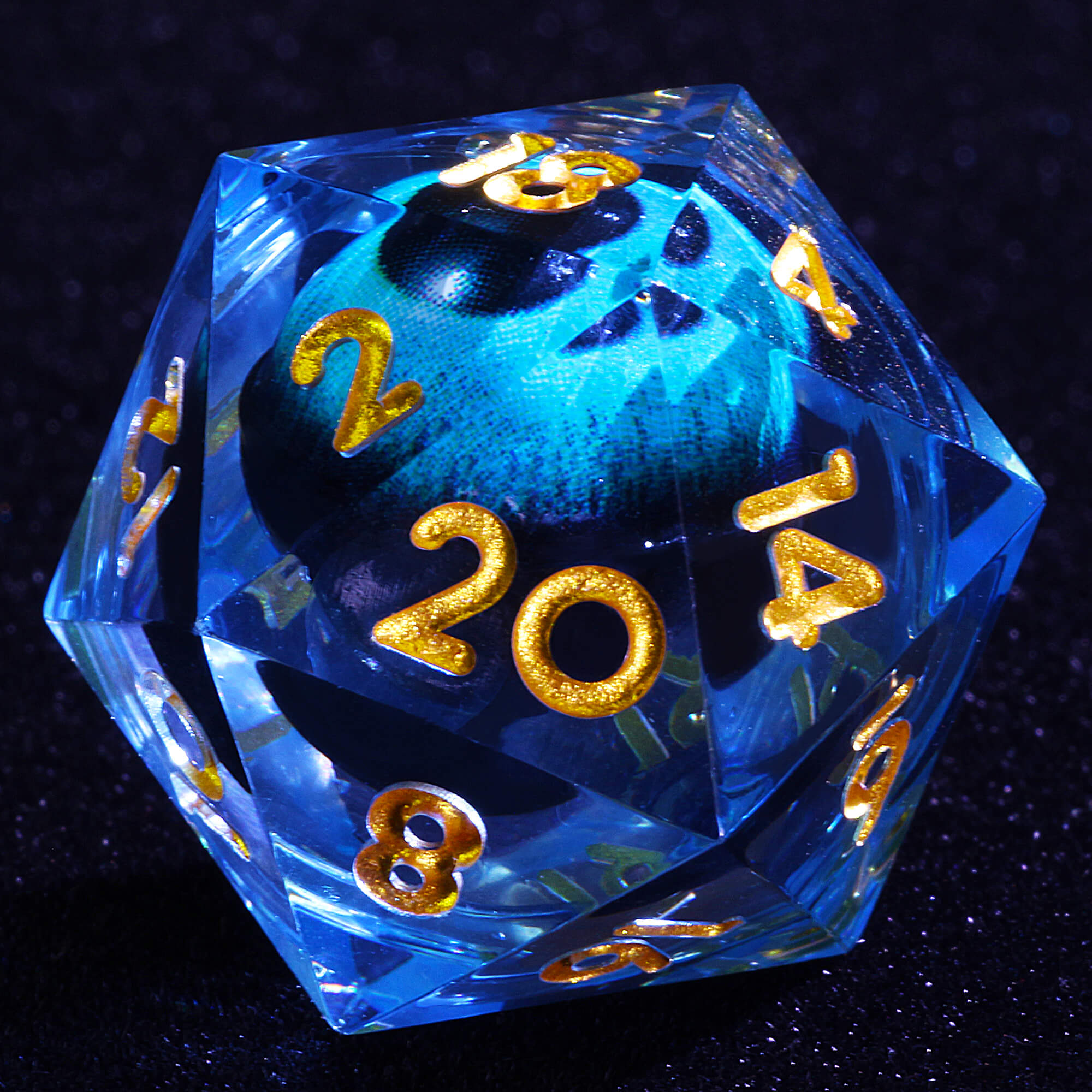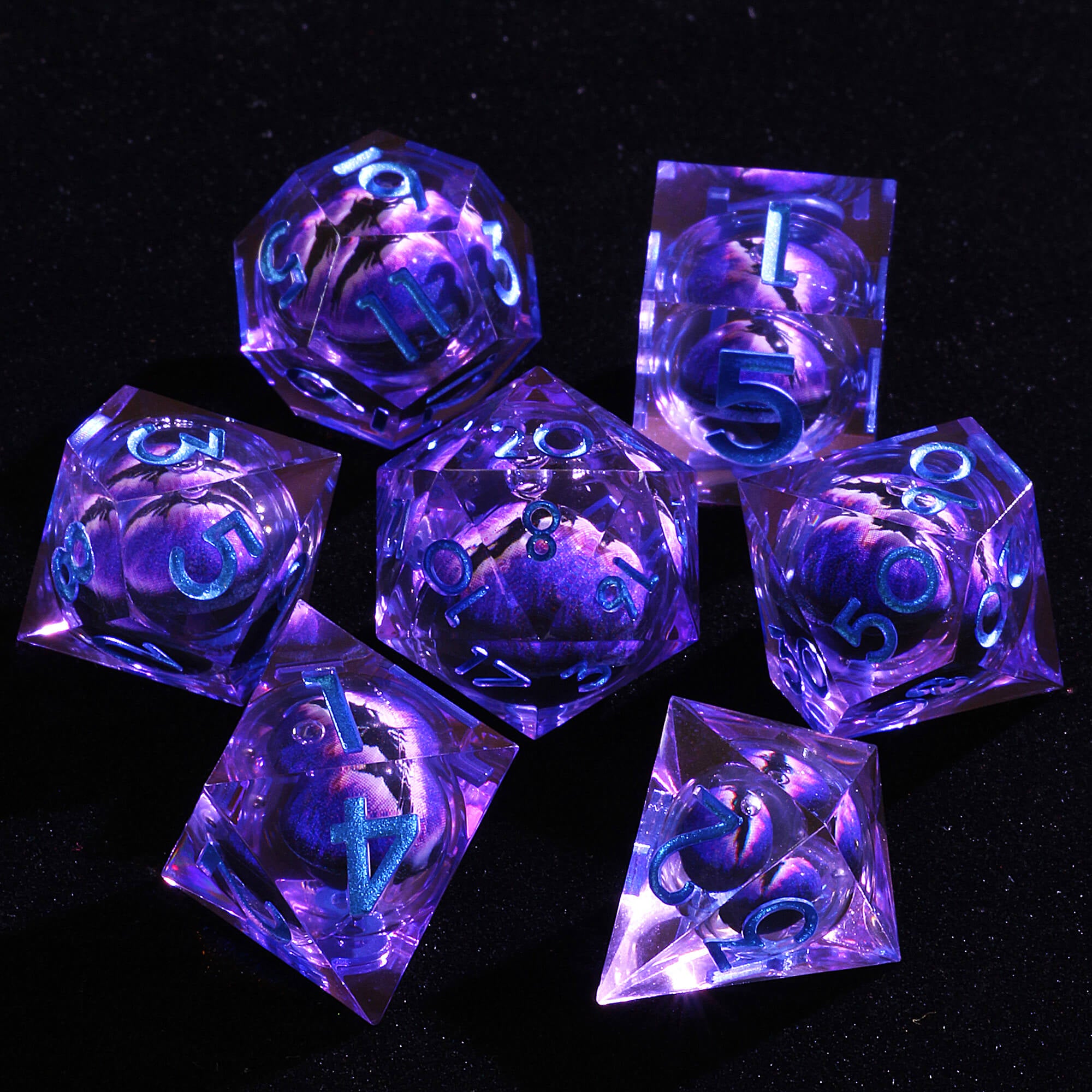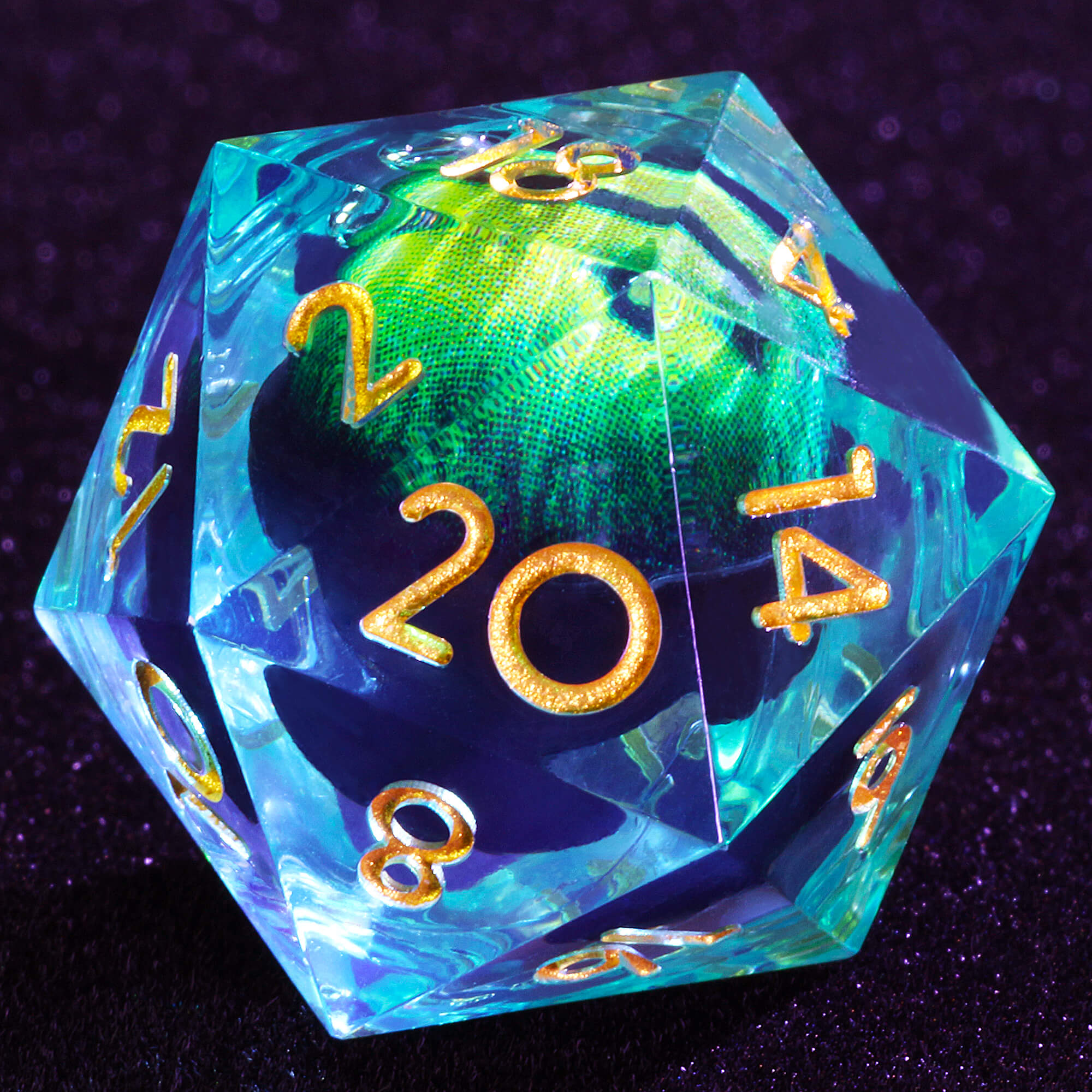The dragon is one of the most iconic elements of Chinese culture. It's so popular that it has become a national symbol of China. Still, despite its worldwide fame, few people actually know much about this fascinating creature.
So, if you're interested in learning about the history of dragons, the role they play in Chinese culture or what kind of magical powers they have, you've come to the right place! We've also compiled some of the coolest Chinese legends about dragons at the end of this article. Ready to become an expert on the topic? Let's go!
1/ Quick overview of Chinese Dragons
In China, the dragon symbolizes power, wisdom and prosperity. It is the most popular and sought after Chinese Zodiac (so much that the natality increases in China during the Year of the Dragon!). As a result of its extremely positive connotation, the dragon has become one of the symbols of Chinese culture and traditions.
It is important to know that Chinese dragons are very different from their Western cousins. Western dragons are usually considered as evil and hostile creatures. Well, Chinese dragons are pretty much the exact opposite. They are mostly benevolent beings that are helpful to humans. Wise, powerful and majestic, they bring good fortune to those worthy of their blessing.
Another interesting fact: unlike Western dragons which are considered as fire-breathing creatures, Chinese dragon are associated with water. They're though to be water deities that control aquatic phenomena such as rivers, seas, rain... As a consequence, many Chinese villages, especially those located near water, have a temple dedicated to dragons. They worship and make offerings to the dragon gods in order to attract their favors and request favorable weather.


Dragons are without a doubt the most important mythological creatures in China. They're the subject of countless legends and are especially important in the founding stories of Chinese civilization as we're about to find out.
2/ What do Chinese Dragons look like?
The appearance of the Chinese dragon is completely different from that of the Western dragon. Its body is relatively slim and resembles that of a snake. It has has four small legs and no wings (its ability to fly is a mystical power).
In fact, the Chinese dragon mixes the features of several different animals: the head of the crocodile, the antlers of the deer, the body of the snake, the scales of the carp, the claws of the eagle and the palms of the tiger.
In addition, many depictions of Chinese dragons show a flaming bead either under their chins or in their claws. This bead is associated with spiritual energy, power and prosperity. It's also quite common to see a pair of dragons chasing or fighting over a flaming pearl.


3/ Origin & History of the Chinese Dragon
It is rather difficult to determine how the myth of the dragon appeared in China. The most likely answer is that dragons are the result of a combination of totems from different primitive tribes. Since each tribe had its own mythical animal, a combination of totems could explain why the dragon is the fusion of several animals such as the snake and the fish. Another hypothesis is that the Chinese dragon may have been inspired by the sea crocodile, which is the largest living reptile on earth.
In any case, the presence of dragons in Chinese culture goes back to several thousands of years. The earliest representation of a dragon is a statue dating back to the 5th millennium BC discovered in the province of Henan in 1987. Depictions of dragons were also found in Hongshan culture (4700 to 2900 BC) in the form of carvings.
The ancient Chinese though that the dinosaur bones they unearthed were actually dragon bones. For example, Chang Qu documents the discovery of "dragon bones" in Sichuan province in 300 BC. Villagers in central China have long used these "dragon bones" in traditional medicines, a practice that continues to this day. This belief is even present in the Chinese word for dinosaur: 恐龙 (kǒng lóng) since kǒng means frightening/terrible and lóng means dragon.
4/ The Symbol of Chinese Emperors
The history of China earliest emperors (Huangdi, the Yellow Emperor and Emperor Yan, the Flame Emperor) is tighly linked to dragons. Emperor Yan claimed that he was conceived after his mother dreamt of a dragon. Similarly, Huangdi is said to have been immortalized as a dragon that ascended to heaven at the end of his reign.
Since the Chinese consider the Yellow Emperor and Emperor Yan as their ancestors, they sometimes consider themselves as "the descendants of the dragon". This legend has also contributed to the use of the Chinese dragon as a symbol of imperial power.
Dragons have been a symbol of the emperor in many Chinese dynasties. For instance The imperial throne was called the dragon's throne. During the Qing Dynasty, the dragon was even adopted as the national flag. Dragons are carved into the stairs and aisles of imperial palaces and imperial tombs, such as the Forbidden City in Beijing.
The dragon was actually reserved to the emperor and a few notables. In the Yuan Dynasty, the two-horned dragon with five claws was intended only for the Son of Heaven or the emperor, while the four-clawed dragon was used by princes and nobles. Likewise during the Ming and Qing Dynasties, the five-clawed dragon was strictly used by the emperor.
In some Chinese legends, an emperor could be born with a dragon-shaped birthmark. For example, one legend tells the story of a peasant born with a dragon birthmark, who eventually overthrew the existing dynasty and founded a new one.


5/ Powers of the Chinese Dragons
Masters of the Elements
Dragons rule the seas and oceans. Guardians of the waters, they are usually benevolent, but can be clumsy at times or even get drunk. In such case a disaster often strikes: rivers overflow, storms ravage the coasts, drought starts... Legends say that some of the worst floods were caused by a mortal annoying a dragon.
Some Chinese dragons are also though to live in the skies where they control the weather. It is even thought that thunder is a manifestation of dragons' anger, or of a fight between dragons.
Unlimited Power!
Given the amount of stories featuring Chinese dragons, they have been attributed a wide range of supernatural powers. It is said that they can disguise themselves as worms or become as large as the Earth itself. They can fly among the clouds or hide in the water. They can form clouds, turn into water, change color and have an ability to blend in with their surroundings or glow in the dark.
6/ Chinese Dragon Legends
The Legend of the Carp
This myth explains that if a carp is brave enough to swim upstream the Yellow river and manages to jump over a dragon's gate then it will become a dragon. Several waterfalls and cascades in China are considered to be the locations of dragon gates. This legend is an allegory of perseverance and efforts needed to overcome obstacles. As such it is a popular inspiration for tattoos.


The Dragon's Toes
The Chinese imperial dragons have five toes on each foot; the Korean and Indonesian dragons have four and the Japanese three. To explain this phenomenon, Chinese legends claim that dragons are originally Chinese, and the further they travel, the more toes they lose.
Japanese legends have the opposite explanation: they say that dragons are from Japan and claim that the number of toes increases as they move further away from their original birthplace. If they had gone too far, they would have had too many fingers to walk properly.
That'll be all for today. Congrats on making it to the end of this pretty lengthy article! If you know some cool dragon stories, let us know in the comment section as we've only scratched the surface of Chinese mythology!


